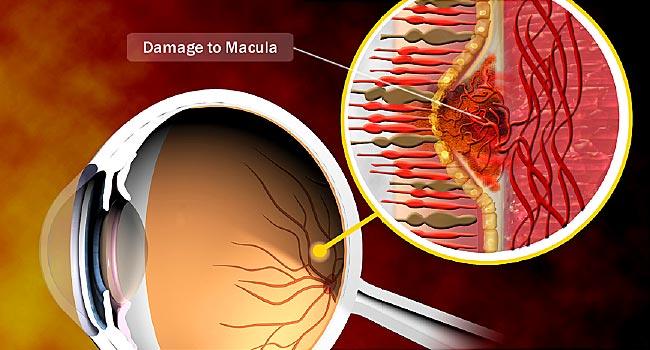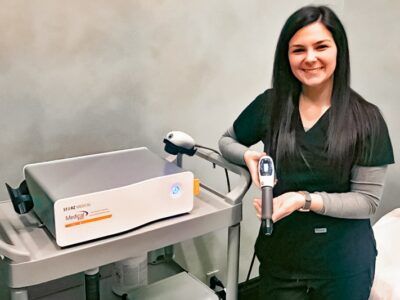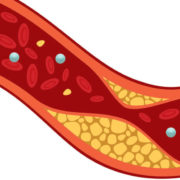When you have a progressive eye disease where you are losing your vision gradually and you are 60 years old and above, macular degeneration is likely to be the diagnosis. At the Atlanta Vision Cataract and Laser Center, they commonly call the condition AMD (age-related macular degeneration). The condition causes loss of vision in the central part of the visual field. At times the condition does not cause total blindness but can cause visual impairment.
Types of Macular Degeneration Disorder
There are two forms of macular degeneration disorder. They include:
Dry Macular Degeneration
This causes one to have yellow deposits in the macular called drusen. The disease is progressive, and therefore a few drusen may not cause any alarm as there is no change in your vision. With time, though, the drusen gets bigger and disrupts your vision, especially while reading.
The condition gets worse with time, causing the light-sensitive cells of the macular to get thinner and eventually die. If there is drying away from the macular cells, you get blind spots in the center of your vision. With time, if the atrophic form does not stop, you end up losing your central sight.
Wet Macular degeneration
The blood vessels in the eye are underneath the macular. In wet macular, the blood vessels leak blood and fluid into your retina. It distorts your vision causing straight lines to appear wavy. At times, it can cause blind spots and loss of central vision. Continuous bleeding causes a scar on the macular leading to permanent loss of central vision.
The most common form is the dry macular though it can lead to wet type. The conditions call for regular visits to the optician and close monitoring.
Symptoms of Macular Degeneration
At first, it is hard to diagnose macular degeneration; it might not be diagnosable until it gets worse or affects both eyes. Some symptoms include:
- Low or less clear vision-with blurred vision, it is hard to read or even drive.
- Blurry and dark area in the center of your vision
- It can cause a different color perception
Risk factors for AMD
The condition is mainly widespread in elderly persons and is a serious cause of low vision in people of above 60 years of age. The condition is thought to have a hereditary aspect, and this means it can be passed from generation to generation. Persons with a family history of AMD are at a higher risk of developing the disease.
More risk factors include:
Smoking
High blood pressure
Fair skin
Females are at a higher risk than males
Obesity
Treatment of AMD
To date, there is no cure for AMD, although there are treatments that may work to prevent further loss. The options are:
Photodynamic laser therapy
Anti-angiogenesis drugs
Laser therapy
Low vision aids
Vitamins supplement
With proper diagnosis and treatment, AMD cannot cause total blindness as it is manageable. At the Atlanta Vision Cataract and Laser Center, we give you specialize care protecting your vital organ. Our opticians are specialized and therefore, can detect the condition at an early stage and can stop it before progressing to dangerous levels.













Comments